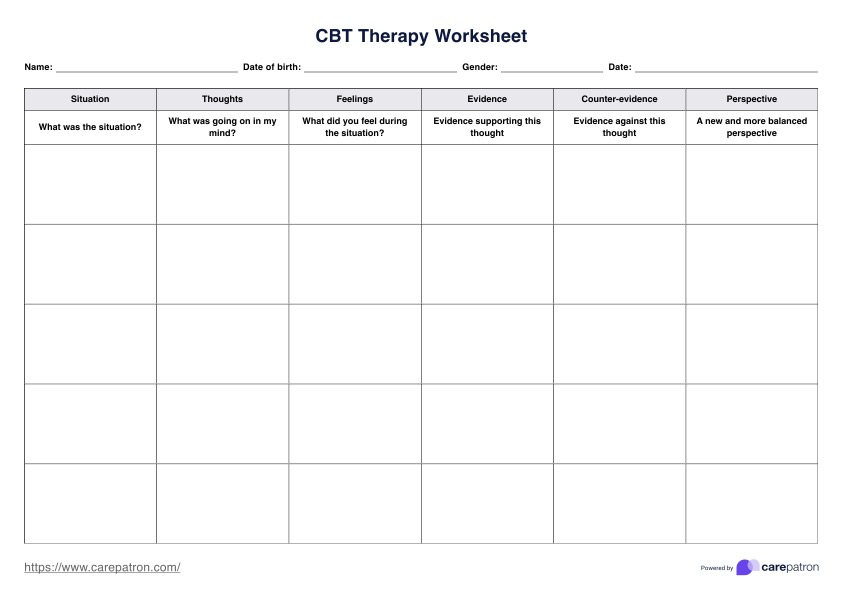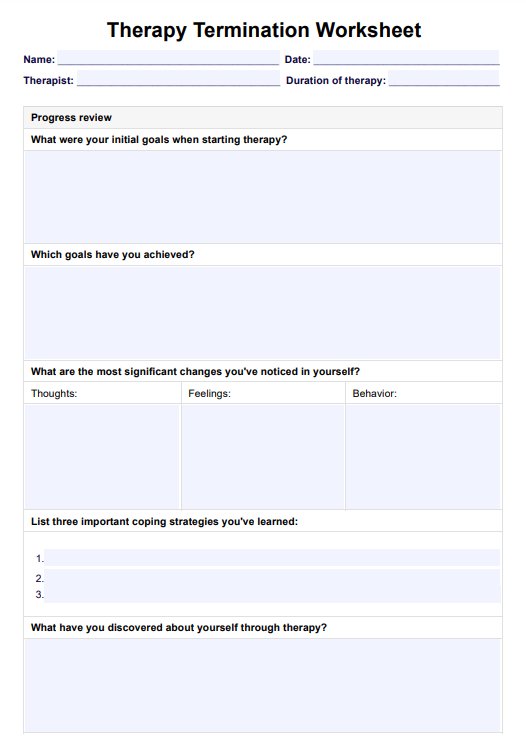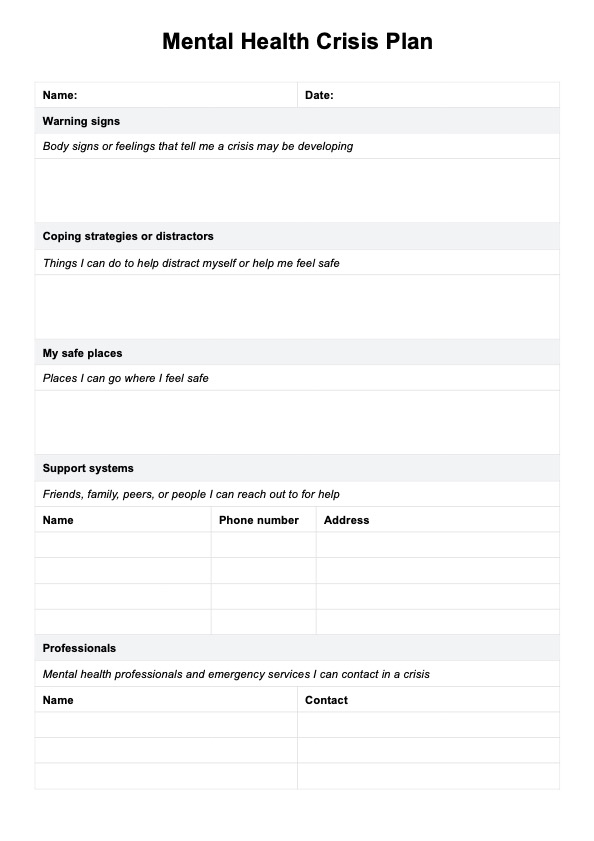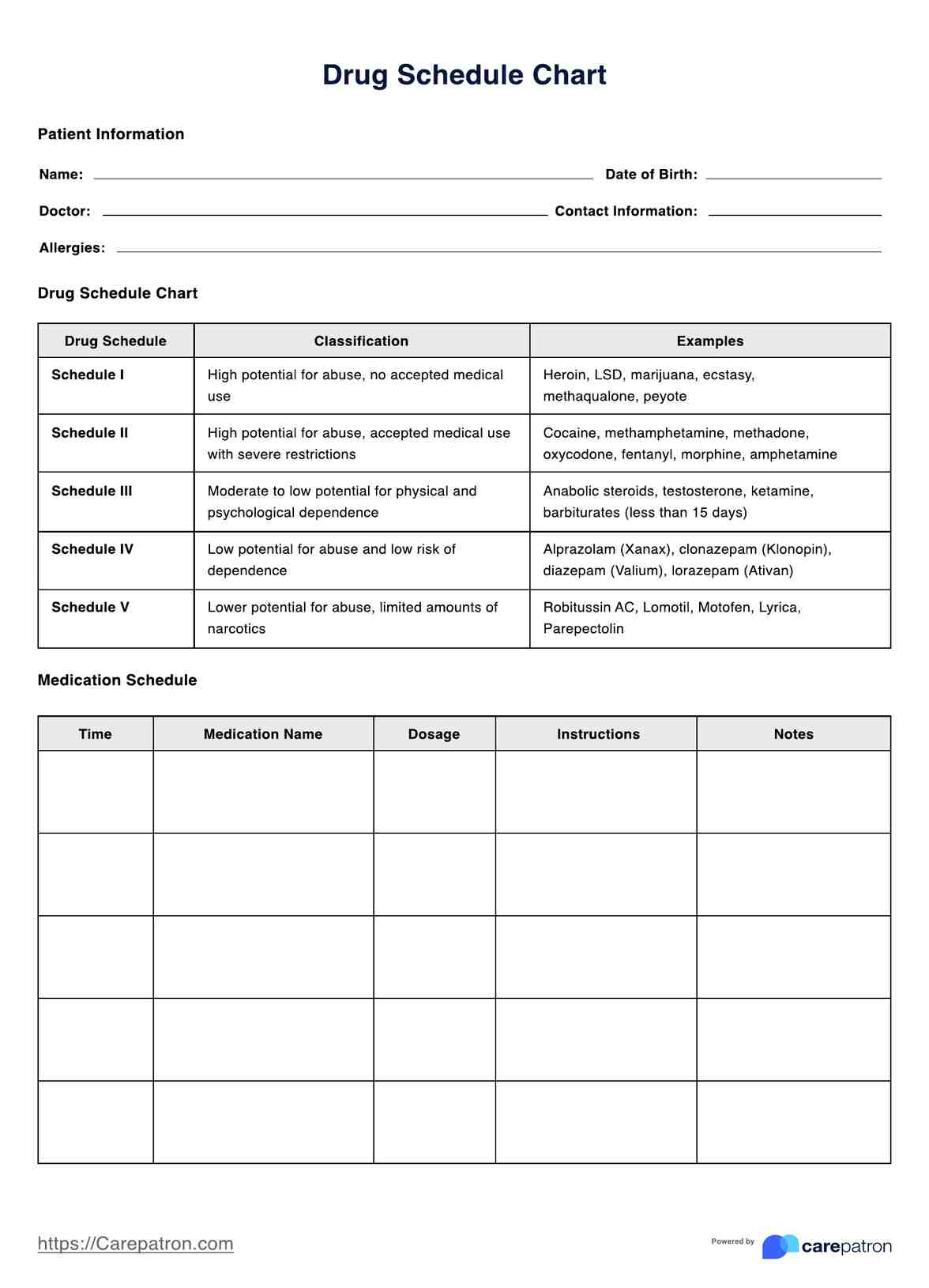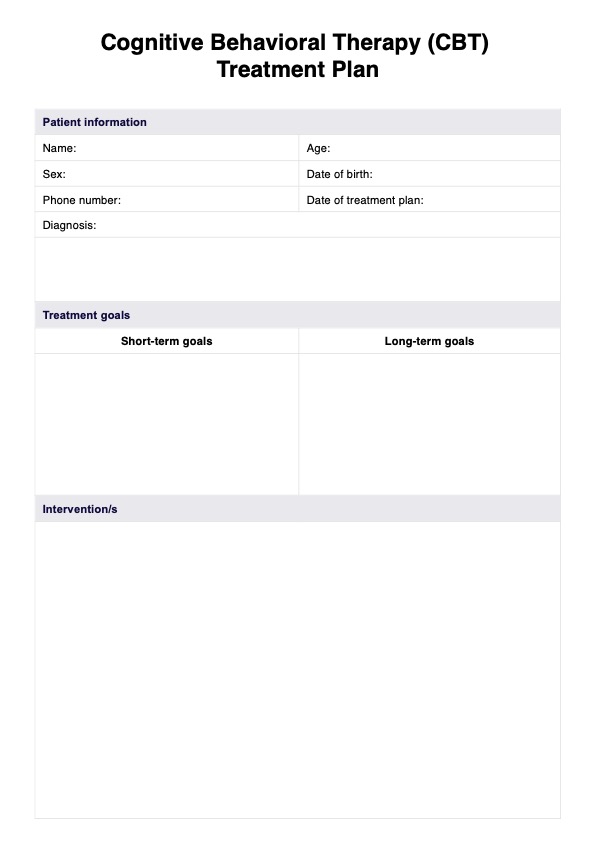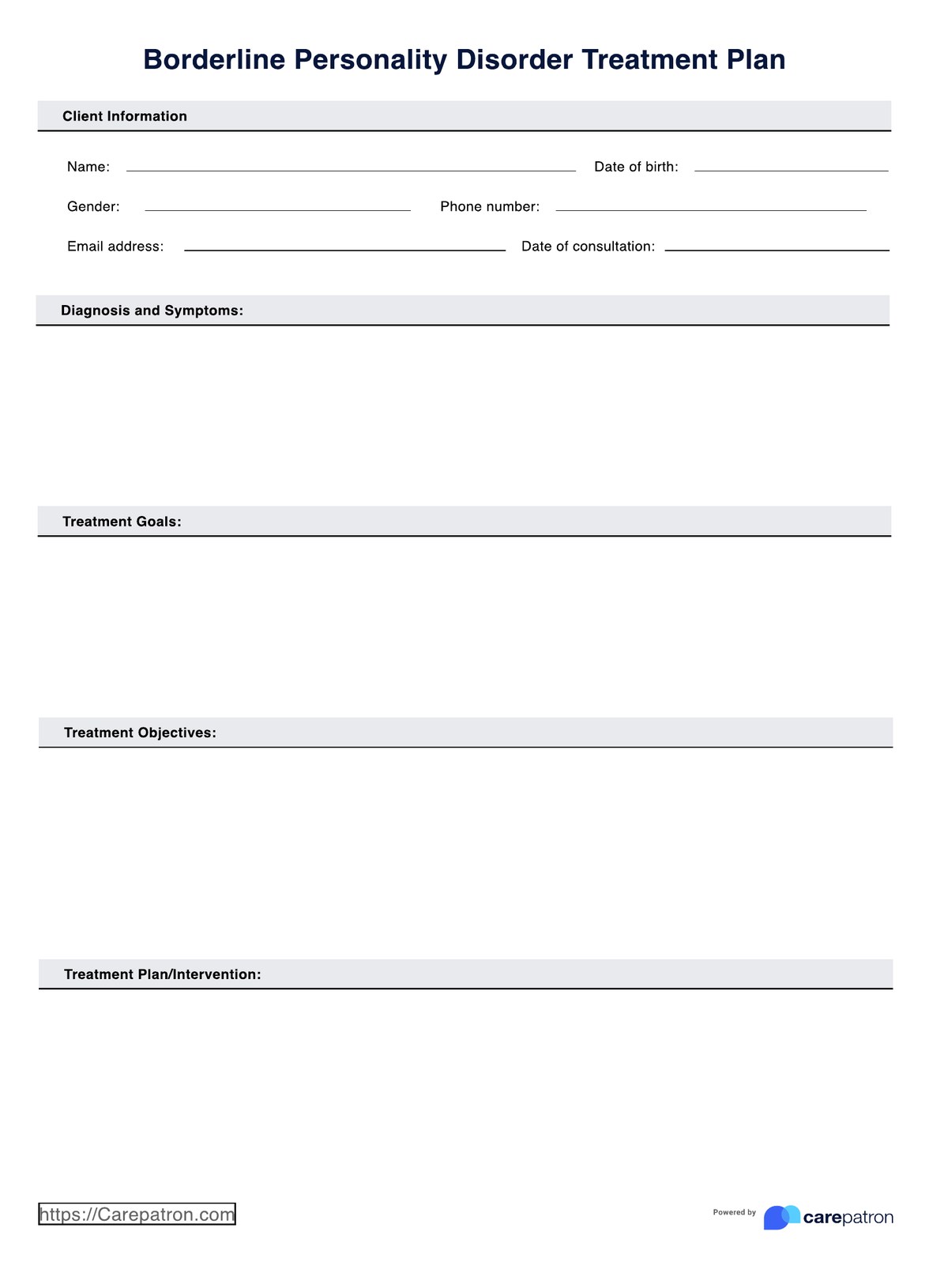General Physical Examination Checklist
Access a free General Physical Examination Checklist for your practice. Get the PDF template and streamline your processes.


What is a general physical exam?
A general physical exam is a comprehensive medical assessment conducted by a healthcare professional to evaluate an individual's overall health and well-being. This examination is a fundamental component of preventive healthcare and is typically performed during a routine check-up, an annual physical exam, or when a patient presents with non-specific symptoms.
The primary goal of a general physical exam is to detect early signs of medical issues and potential health risks to facilitate timely intervention and management. It is also useful as a baseline measure of well-being that a medical professional can use to monitor health over time.
During a general physical exam, a patient's primary care provider thoroughly evaluates cardiovascular, respiratory, gastrointestinal, musculoskeletal, and neurological body systems. It involves a detailed examination of the head, eyes, ears, nose, and throat and an assessment of the skin, lymph nodes, and vital signs such as blood pressure, heart rate, and respiratory rate.
Depending on the patient's age and sex, the primary care physician may also other preventative screenings such as a routine breast exam, pelvic exam or pap smear or testicular exam. Often, blood tests (such as a comprehensive metabolic panel) will be conducted to assess metabolic markers of good health.
In addition to the physical exam, the healthcare provider may inquire about the patient's medical history, including past illnesses, surgeries, medications, and family medical history. It is important to record family history and potential risk factors to create a comprehensive picture of the individual's health.
General Physical Examination Checklist Template
General Physical Examination Checklist Example
What is included in a general physical exam?
A general physical exam typically involves a comprehensive assessment of various body systems to evaluate an individual's health. While the specific components may vary based on factors such as age, gender, and medical history, common elements of a general physical exam include:
- Vital signs monitoring: This includes examining the functioning of the heart and lungs, including blood pressure measurement, heart rate (pulse) assessment, respiratory rate determination, and body temperature measurement.
- Head and neck exam: This involves inspecting the head and scalp, examining the eyes, including the pupils, conjunctiva, and retina, assessing the ears, nose, and throat, and checking for lymph node enlargement or tenderness.
- Chest exam: Includes inspection and palpation of the chest, auscultation of lung sounds with a stethoscope, and evaluation of the heart, including heart sounds and rhythm)
- Abdominal exam: This involves palpating for tenderness, masses, or organ enlargement, assessing the density of underlying organs via percussion, and listening for bowel sounds.
- Musculoskeletal exam: The musculoskeletal examination includes evaluating joint range of motion, palpating muscles and joints for tenderness or abnormalities, and assessing muscle strength and coordination.
- Neurological exam: This involves evaluating cranial nerves, sensory and motor functions, reflexes like the knee-jerk reflex, and coordination and balance.
- Skin examination: This entails inspecting for abnormalities, lesions, or changes in color and assessing skin turgor and moisture.
- Genitourinary examination: The genitourinary examination involves examining the genitalia of males, including the testes and prostate, and females, examining the pelvic region, including the ovaries and uterus.
- Review of systems: The review of systems includes comprehensive questioning about symptoms or concerns, covering areas not explicitly examined.
- Health history: This includes information about the individual's past and current health, including medical conditions, medications, allergies, and family health history.
- Blood test: This may include a complete blood count (CBC) to measure levels of key blood components and diagnose conditions like infections, anemia, and blood clotting disorders.
It's important to note that the healthcare provider may tailor the examination based on the individual's age, gender, and specific health concerns. Screenings and laboratory tests may also be recommended, such as cancer screening, diabetes screening, kidney function or fluid balance tests, or testing for food sensitivities or nutrient deficiencies.
How does this checklist work?
This checklist guides you through essential health examinations during a physical check-up. Here are the simple steps that you need to follow:
Step 1: Gather your resources
General Physical Examination Checklists are essential to keep on hand. Access our free and printable annual physical exam checklist on this page.
Step 2: Collect patient information
Ensure the patient provides all their essential details (including contact information and health insurance) prior to the assessment.
Step 3: Collate essential information
Use the General Physical Examination Checklist template to document your patient’s examination efficiently. For each assessment, tick "Yes" or "No" to indicate if any abnormalities are present. Select "Not Examined" if the area was not evaluated. Add remarks in the comment section as needed. Make sure to record all applicable health data in the appropriate sections as you conduct the examination
Step 4: Store the chart securely
After reviewing the medical check-up checklist and creating a viable and individualized plan for the patient, you need to secure the complete forms and medical records so that only relevant parties have access.
Why physical exams are conducted annually
Annual physical exams serve as routine check-ups for a patient's body, aiding doctors in monitoring overall health and detecting potential concerns early on. Through an annual exam, individuals ensure they stay proactive in safeguarding their well-being and promptly addressing any emerging health issues. Let's go into detail about these reasons:
Early detection of health issues
Annual physical exams allow healthcare professionals to identify potential health problems early on. Early detection enables timely intervention and treatment, often preventing the progression of illnesses and improving outcomes.
Disease prevention
Health screenings, vaccinations, and lifestyle counseling provided during annual physical exams are crucial in preventing various diseases. Gathering key health data also facilitates proactive measures to reduce the likelihood of developing certain conditions. For example, a patient who reports a family history of prostate cancer during a general checkup can be flagged for early prostate cancer screening.
Management of chronic conditions
An annual physical exam helps monitor and manage chronic health conditions. Based on the ongoing assessment of the individual's health, adjustments to treatment plans can be made.
Health education and counseling
Physical exams offer healthcare providers an opportunity to educate individuals about healthy lifestyle choices. Counseling on topics such as diet, exercise, stress management, and substance abuse can contribute to long-term well-being.
Vital signs monitoring
Regular monitoring of vital signs, including blood pressure, heart rate, and respiratory rate, helps assess overall cardiovascular health. Abnormalities in these indicators may signal underlying health issues that can be addressed promptly.
Preventive screenings
Physical exams often include complete preventive screenings for various health conditions, such as breast cancer, diabetes, and high cholesterol. Detecting these issues early allows for prompt intervention and improves the chances of successful treatment.
Promotion of healthy aging
Regular annual physical exams are essential as individuals age in identifying age-related changes. Monitoring health status over time through these exams allows for the early detection of potential issues and the implementation of strategies to promote healthy aging.
Documentation of health history
Physical exams contribute to the establishment of a comprehensive health history for each individual. This documentation is practical for healthcare providers to understand an individual's baseline health and track changes over time.
Commonly asked questions
A comprehensive annual physical exam checklist is a structured guide for healthcare providers during routine assessments. It ensures a systematic and thorough examination of various body systems, facilitating the detection of early signs of health issues.
The checklist is designed to be flexible, allowing healthcare providers to tailor an annual physical exam based on individual factors such as age, gender, and medical history. It will enable individuals to discuss specific health concerns and symptoms, fostering a patient-centered approach.
The annual physical exam checklist incorporates health screenings, immunizations, and lifestyle counseling, emphasizing preventive healthcare. It serves as a discussion platform for nutrition, food intake, exercise, and stress management. Additionally, the checklist facilitates clear communication between patients and healthcare providers, promoting patient education and empowerment.


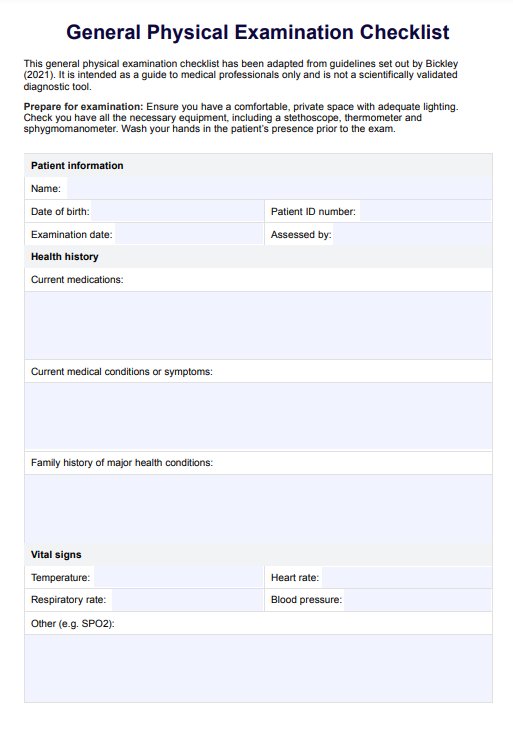
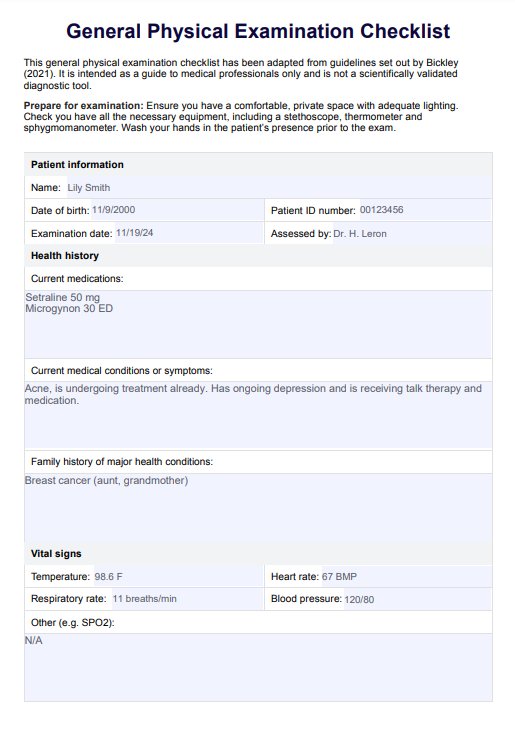

















-template.jpg)



















































































